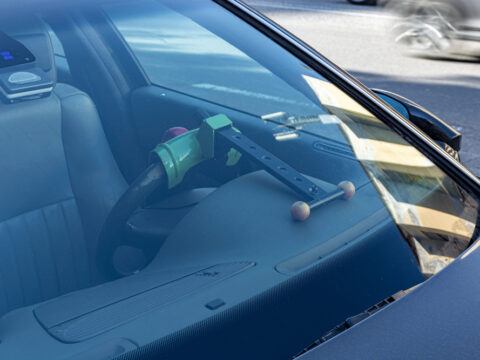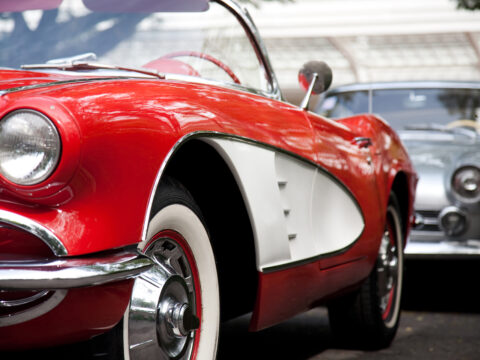Restoring a vintage motorcycle can be a rewarding but expensive project. With the right approach, though, it’s possible to bring an old bike back to life without breaking the bank. We’ll cover 17 key steps to help you tackle your restoration while keeping costs down, from sourcing affordable parts to learning DIY repairs. Let’s get started on your budget-friendly restoration journey.
Contents
Set a Realistic Budget
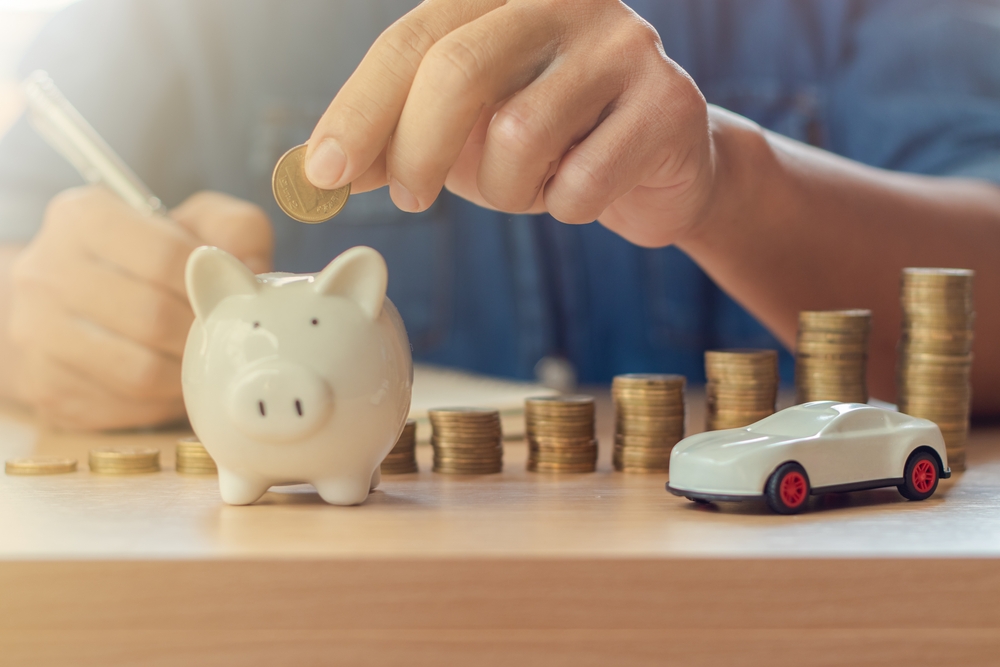
Kicking off your restoration with a well-planned budget is essential. Vintage motorcycles often come with unexpected costs, especially when hunting for rare parts. Decide how much you’re willing to spend and break it down into categories like parts, tools, and labor. By tracking every expense, you’ll avoid running out of funds midway through the project.
Choose the Right Model

Some vintage motorcycles are easier and cheaper to restore than others. Do your research and pick a model that has a good supply of aftermarket parts. Popular bikes typically have strong support from enthusiast communities, which means more resources for finding parts. Sticking with these models can help you avoid pricey, hard-to-find components.
Find an Affordable Donor Bike
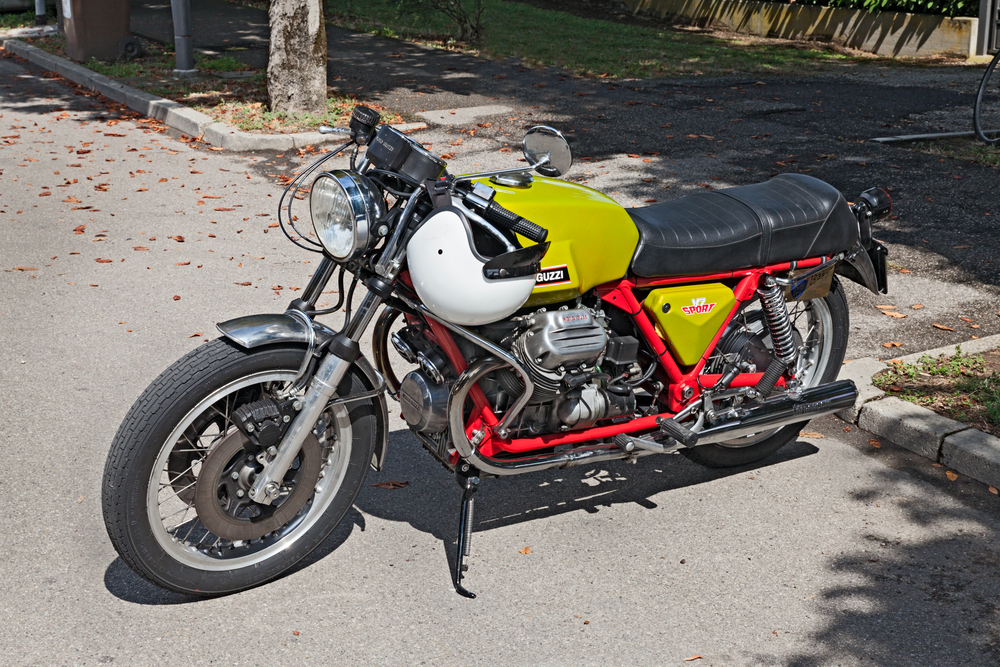
Purchasing a second motorcycle for parts is a smart move. Look for non-running or damaged bikes being sold at low prices, and use them to source hard-to-find components. This approach saves money on buying individual parts, especially for older models. Many restorers find that donor bikes provide unexpected gems that cut overall costs.
Assess the Motorcycle’s Condition

Before diving into repairs, conduct a thorough inspection of the bike. Identify which parts need immediate attention and which can be salvaged. Prioritize fixing mechanical issues like the engine and brakes first. This assessment helps you focus on necessary repairs and prevents unnecessary spending.
Join Motorcycle Enthusiast Groups

Being part of a motorcycle community can be a huge advantage. These groups often have members who are willing to share advice, sell parts, or offer assistance for free. Forums and clubs are also great places to find deals on parts that would otherwise be expensive. Leveraging these networks can save both time and money.
Source Second-Hand Parts
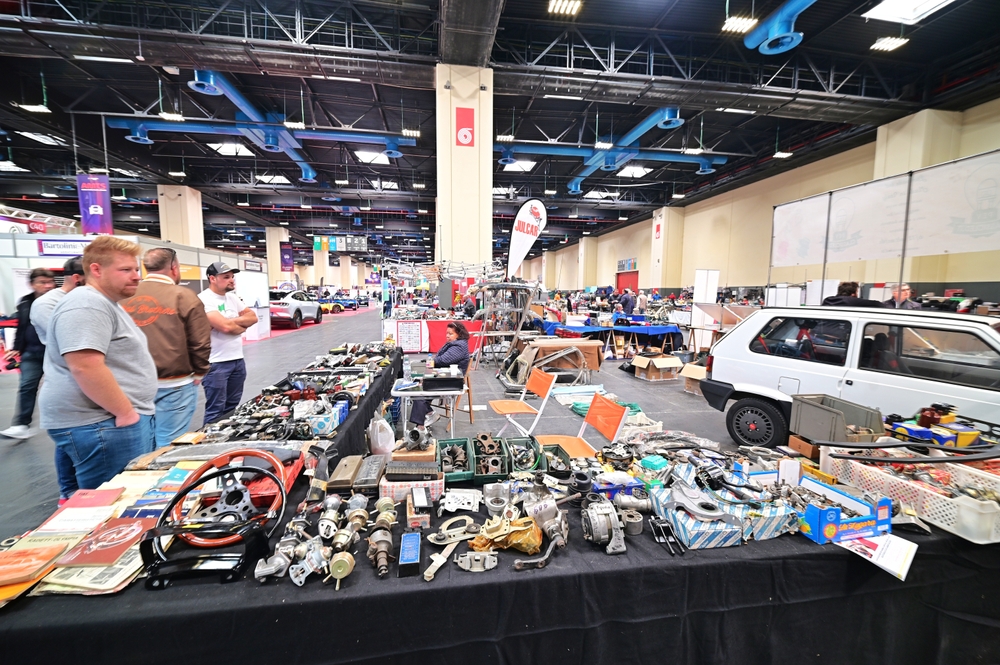
Opting for second-hand parts can drastically reduce your restoration expenses. Check online auctions, local swap meets, and scrapyards for parts that are still in good condition. Many vintage bike enthusiasts sell components that are perfectly usable at a fraction of the cost of new ones. This method allows you to stay within your budget while still restoring authenticity.
Perform a Thorough Cleaning

Often, what looks like a damaged part is simply dirty or corroded. Clean every component before deciding whether it needs replacement. Many times, a good cleaning can restore parts to near-new condition. This simple step can help you save money by avoiding premature replacements.
Focus on Mechanical Integrity First
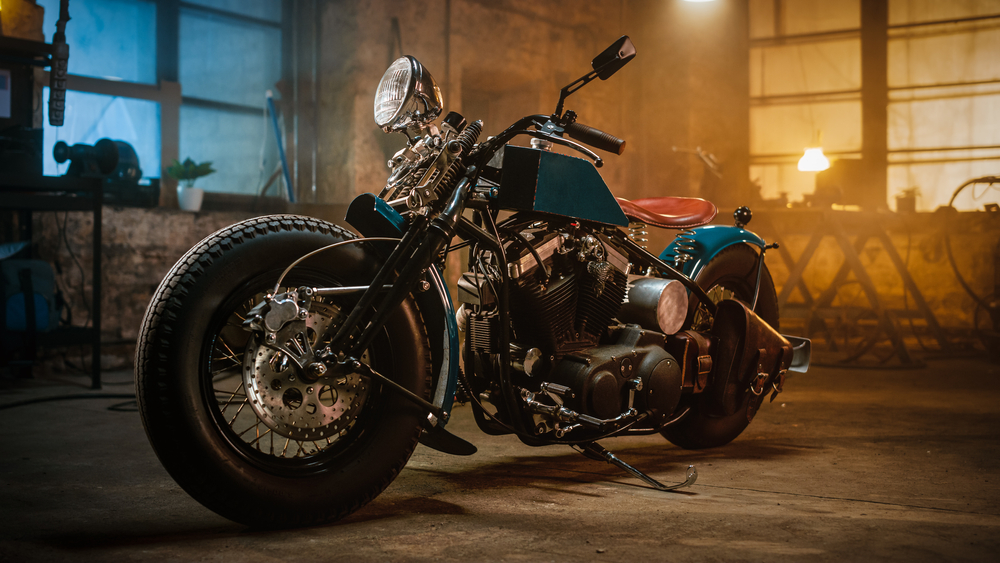
When restoring a vintage motorcycle, safety and function should be your top priorities. Start by ensuring the engine, brakes, and suspension are all in good working order. Cosmetic upgrades can wait until the bike is mechanically sound. By addressing these key areas first, you’ll prevent potential safety hazards on the road.
Learn Basic DIY Repairs

The more repairs you can handle yourself, the less you’ll need to spend on labor costs. Learning basic tasks like oil changes, brake adjustments, and engine tuning can go a long way in keeping your project affordable. Many online resources and repair manuals provide step-by-step instructions. Taking the time to learn these skills will ultimately save you money.
Use Aftermarket Parts

For certain components, aftermarket parts can be more cost-effective than original equipment. While some restorers prefer OEM parts for authenticity, aftermarket options can offer similar performance at a lower price. Items like exhausts, filters, and carburetors often have affordable aftermarket alternatives. This option helps you stay within budget without compromising on quality.
Rebuild Instead of Replace
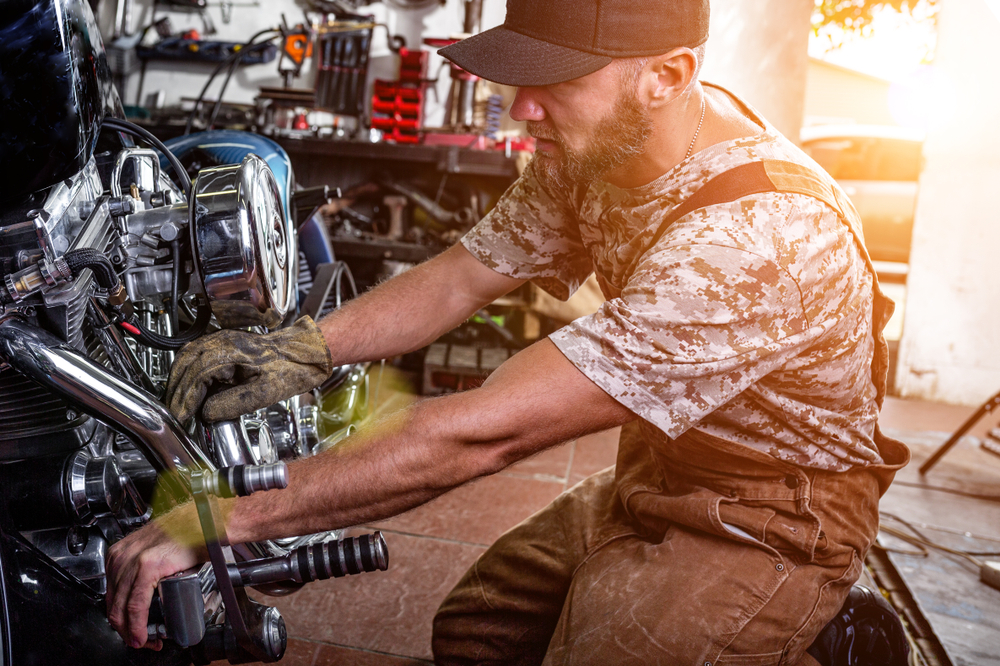
Many original parts can be rebuilt instead of replaced. Items like carburetors, engines, and brake calipers often just need new gaskets or seals to work like new again. Rebuild kits are widely available and usually cost far less than purchasing new parts. This approach helps maintain the bike’s authenticity while saving money.
Consider DIY Painting
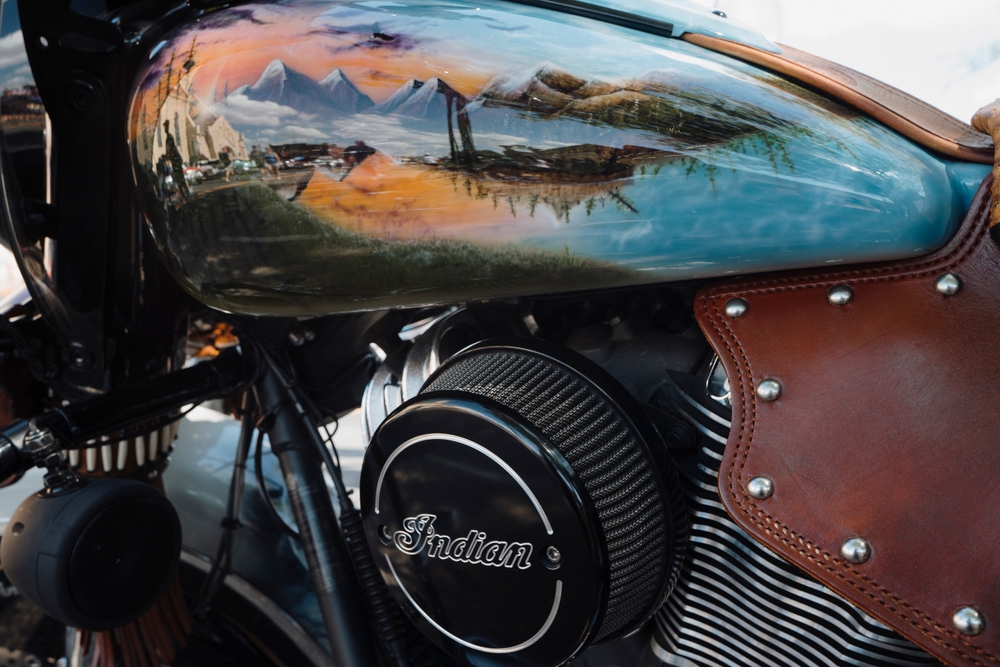
A fresh coat of paint can transform your vintage motorcycle, but professional paint jobs can be costly. If you’re willing to put in the effort, you can achieve impressive results by painting the bike yourself. Automotive spray paint and proper techniques can yield a decent finish. Taking the DIY route allows you to control costs without sacrificing aesthetics.
Polish Metal Parts Instead of Replacing Them

Don’t be too quick to replace rusty or tarnished metal parts. With the right tools and products, you can polish these components back to their original shine. Metal polishes, rust removers, and sanding can rejuvenate parts like handlebars and engine covers. This method keeps your project cost-efficient while retaining the vintage look.
Reupholster the Seat Yourself
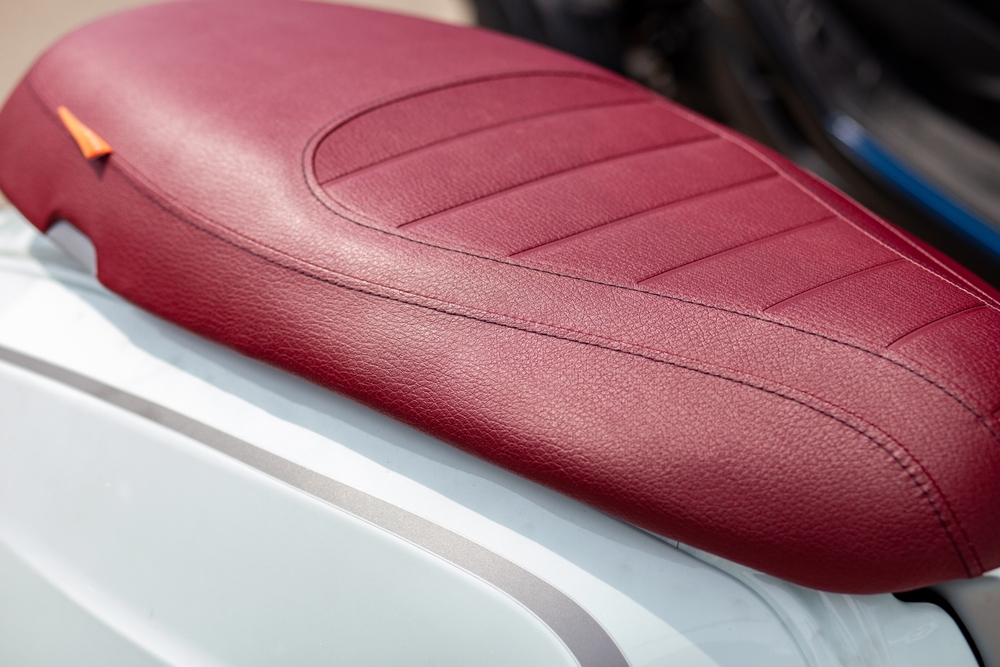
Seats on vintage bikes often show wear, but professional reupholstering can be expensive. Tackling this job yourself with an affordable reupholstery kit can save a significant amount. With a bit of patience and some online tutorials, you can restore the seat without breaking the bank. Plus, you’ll get the satisfaction of knowing you completed the job on your own.
Perform Routine Maintenance Yourself
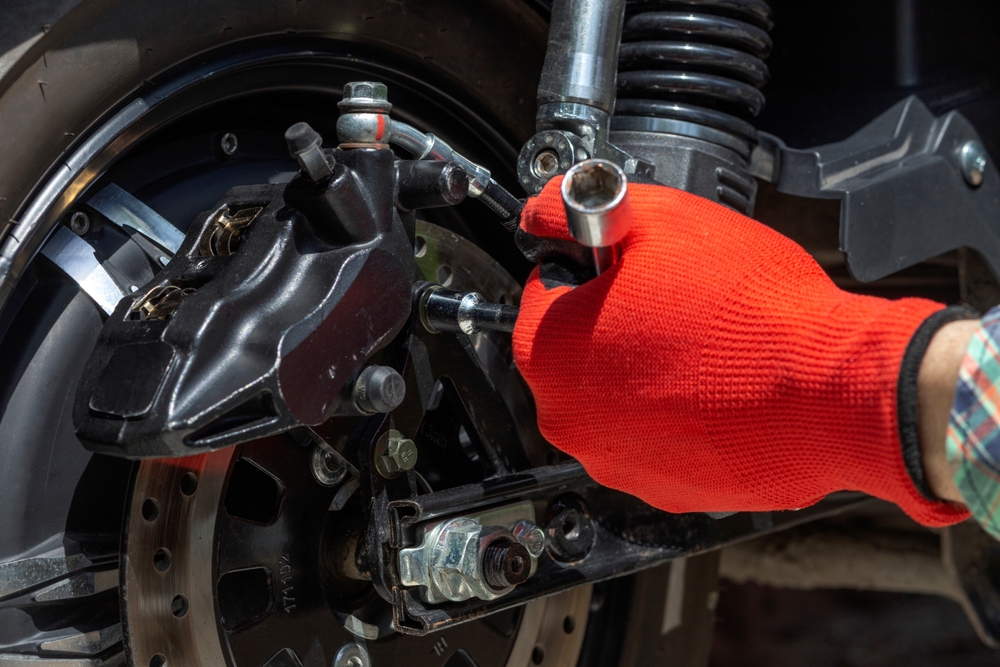
Routine maintenance is essential for keeping your motorcycle in top shape. Tasks like oil changes, brake adjustments, and chain lubrication are easy to learn and can save you from paying for a mechanic. Staying on top of these basic repairs ensures your bike remains roadworthy while avoiding major breakdowns that could lead to expensive fixes.
Shop for Budget Tires
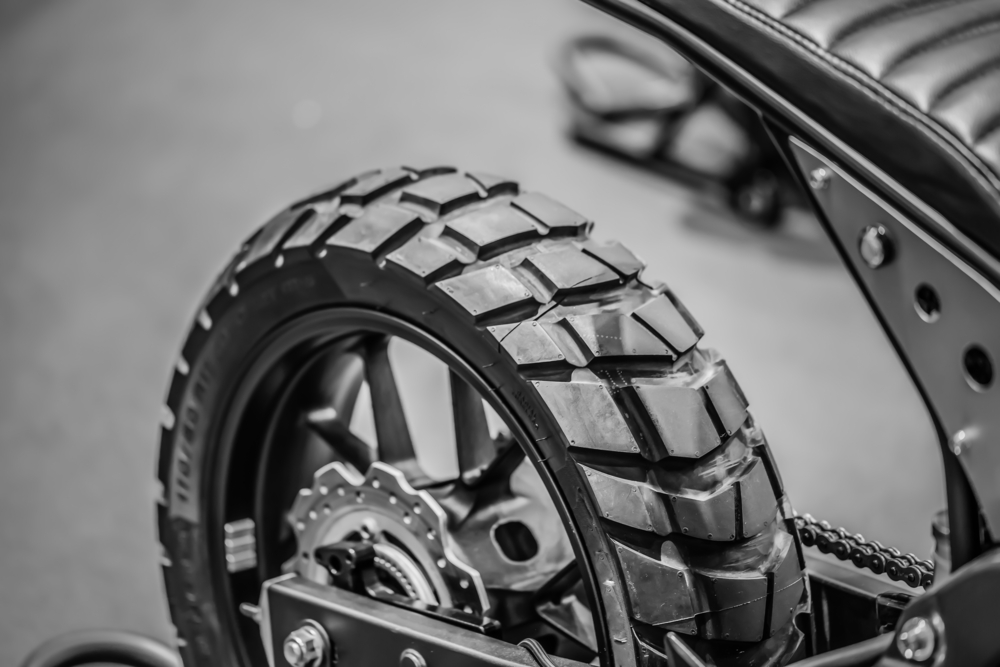
New tires are a must for safety, but that doesn’t mean they need to be costly. Look for lesser-known tire brands that offer solid performance at a lower price point. Often, these tires provide similar durability and traction as premium brands without the hefty price tag. This helps you stick to your budget while ensuring your bike is safe to ride.
Focus on a Functional Overhaul
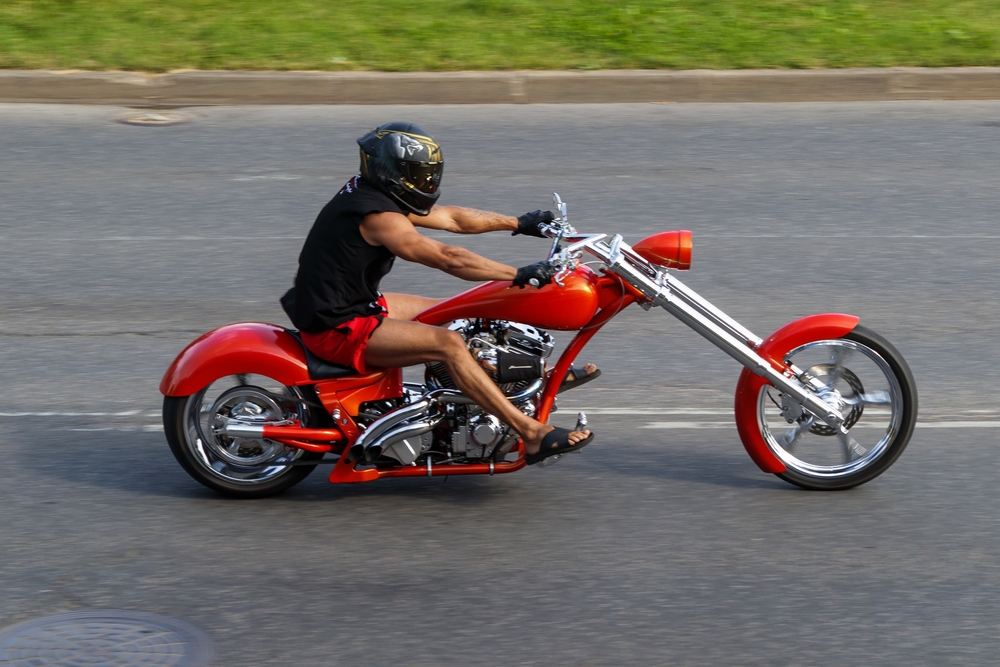
When restoring on a budget, prioritize getting the motorcycle in functional condition first. A bike that runs well is more valuable than one that simply looks good. Once the mechanical repairs are done, you can gradually improve the bike’s cosmetics as funds allow. This strategy ensures you can enjoy your bike sooner without overspending.
This article originally appeared in MyCarMakesNoise.
More from MyCarMakesNoise
25 Classic Compact Cars That Deserve More Attention
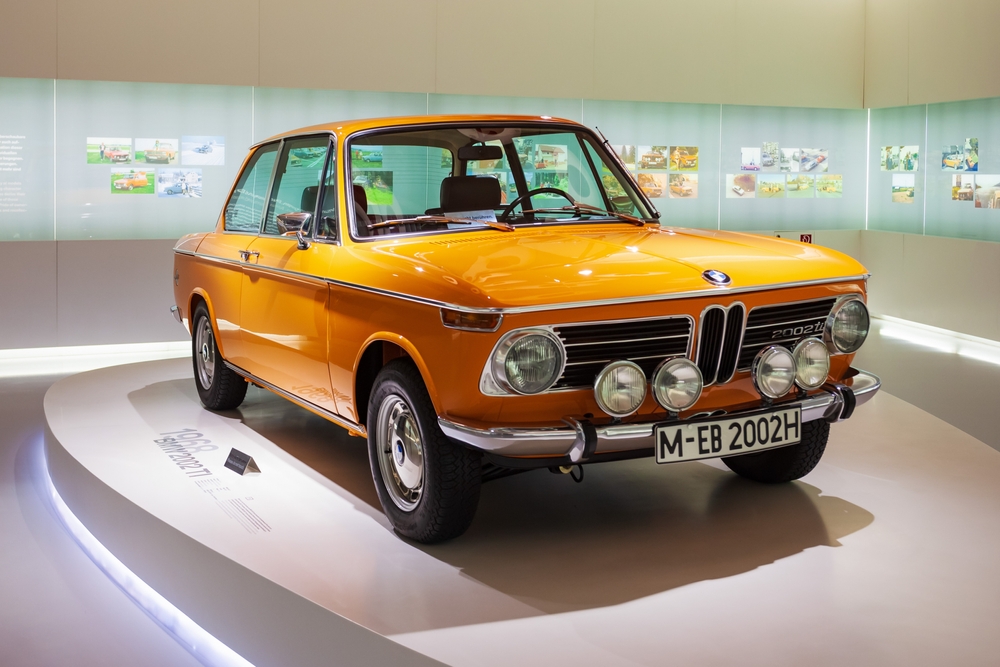
When it comes to classic cars, the spotlight often falls on the big and bold models. However, some of the most impressive vehicles from the past are compact cars that pack a lot of charm into a smaller package.
23 Japanese Sedans That Pack Sports Car Power
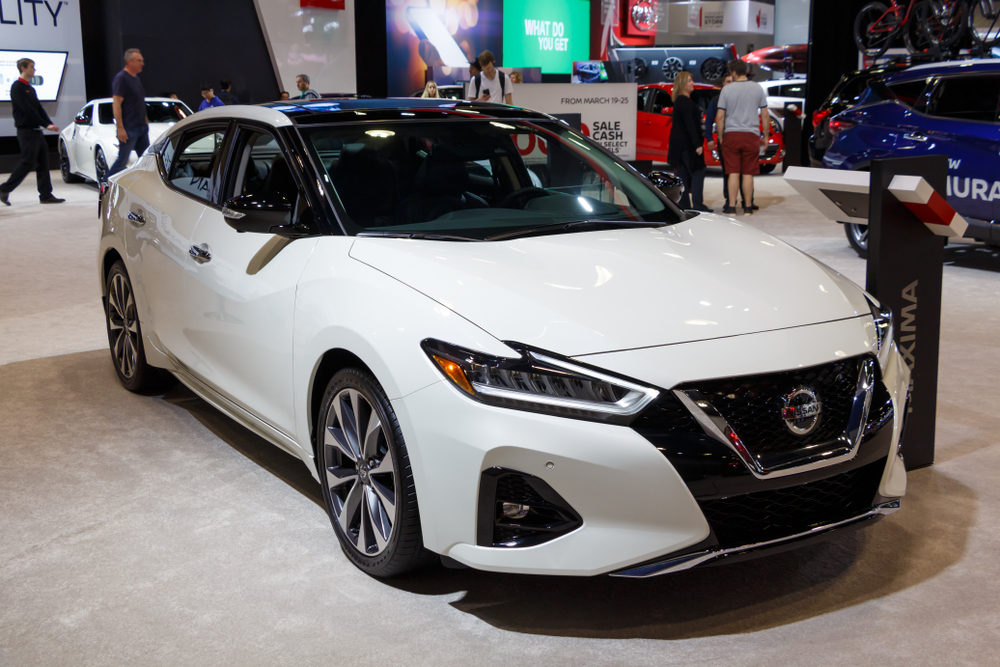
When you think of high-performance cars, sports cars often come to mind. However, many Japanese sedans offer impressive speed and agility that rival even the best sports cars. Read More.
15 Dangers of Skipping That Oil Change
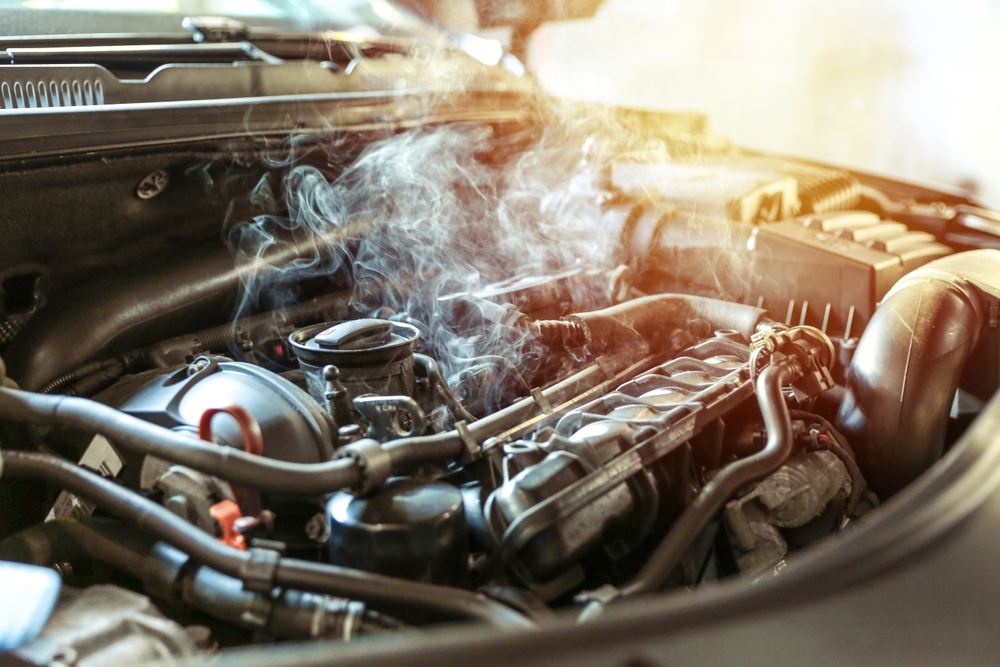
Skipping an oil change might seem like a small thing, but it can lead to big problems down the road. Your engine relies on clean, fresh oil to run smoothly, and neglecting this essential maintenance can cause serious damage. Read More.


